Benign ureteral obstruction in cats
Limited information is available regarding the outcome of medical management (MM) of benign ureteral obstruction in cats (BUO). The objective of the authors was to describe clinical characteristics and outcome of MM of BUO.
Researchers reviewed medical records of cats diagnosed with BUO between 2010 and 2021 that received >72 hours of medical management. The team analyzed clinical data, treatment and outcome. The outcome was classified as success, partial success, or failure based on ultrasound findings. Factors associated with outcome were assessed.
Seventy-two cats with 103 obstructed kidneys were enrolled in the study.
The causes of obstruction were uroliths in 73% (75/103), strictures in 13.5% (14/103) and pyonephrosis in 13.5% (14/103) of affected kidneys.
Median serum creatinine concentration at presentation was 4.01 mg/dL (range, 1.30-21.3 mg/dL). Outcome after MM was considered a success in 30% (31/103), partial success in 13% (13/103), and failure in 57% (59/103) of kidneys.
Success was reported in 23% (17/75) of kidneys with uroliths, 50% (7/14) with pyonephrosis, and 50% (7/14) with strictures. The median time to a successful outcome was 16 days (range, 3-115 days). Distal and smaller uroliths (median length, 1.85 mm) were significantly associated with success (P = .05 and P = .01, respectively).
Median survival times were 1188 days (range, 60-1700 days), 518 days (range, 7-1812 days), and 234 days (range, 4-3494 days) for success, partial success, and failure, respectively.
In conclusion, the study showed a higher success rate for MM of BUO than previously reported. Smaller distal uroliths (<1-2 mm) were more likely to pass.
Isabelle Merindol, et al. “Benign ureteral obstruction in cats: Outcome with medical management.” J Vet Intern Med. 2023 Apr 19. doi: 10.1111/jvim.16709.


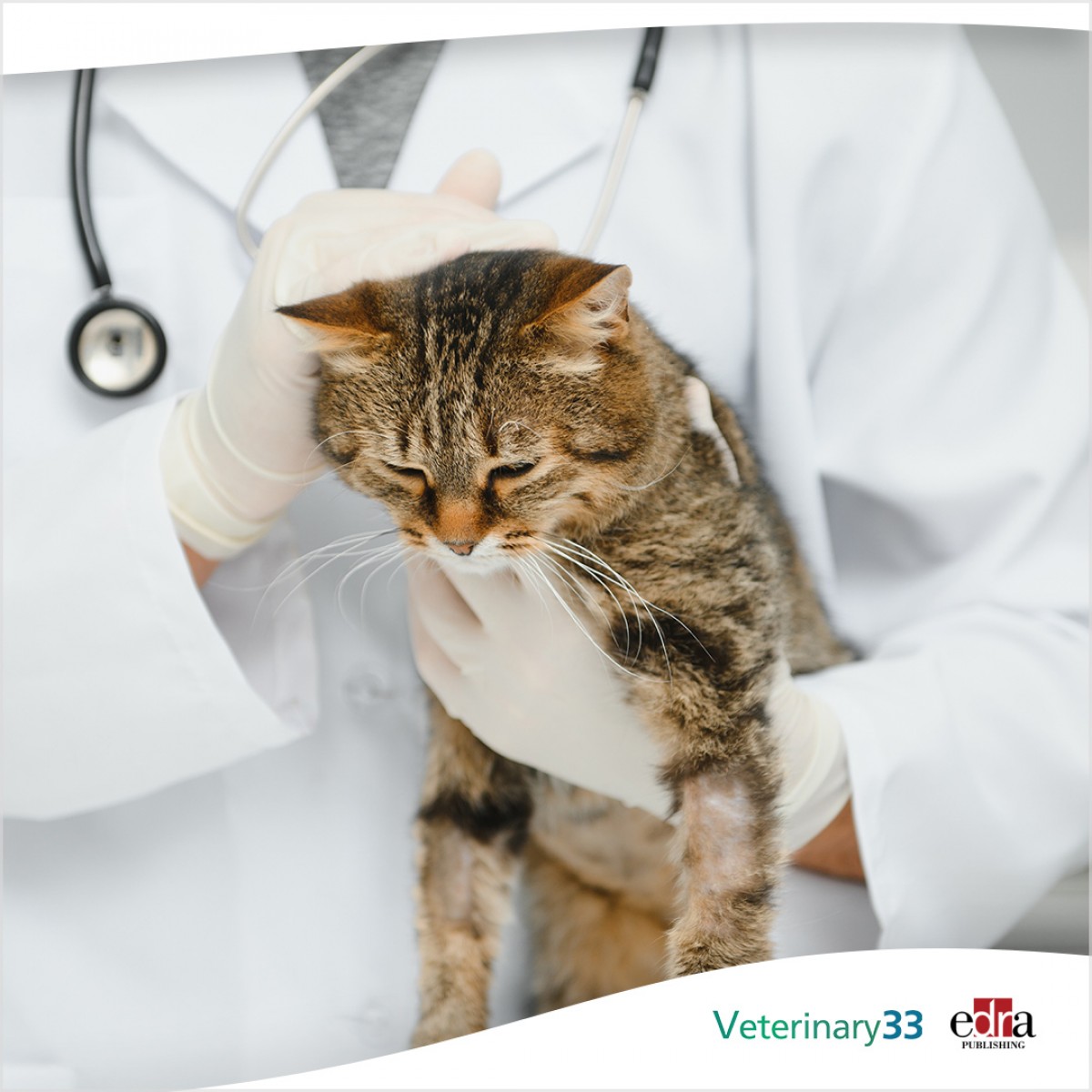
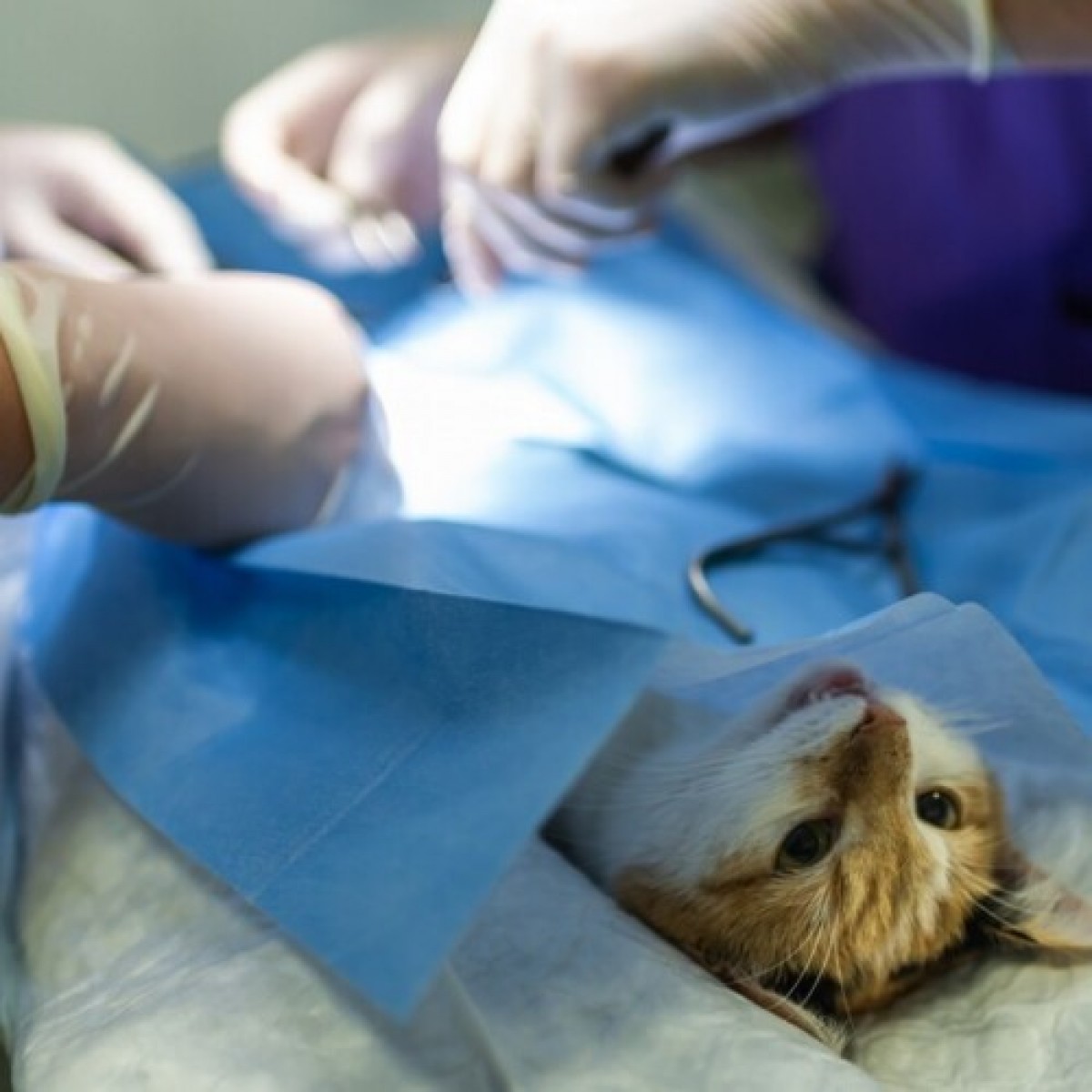
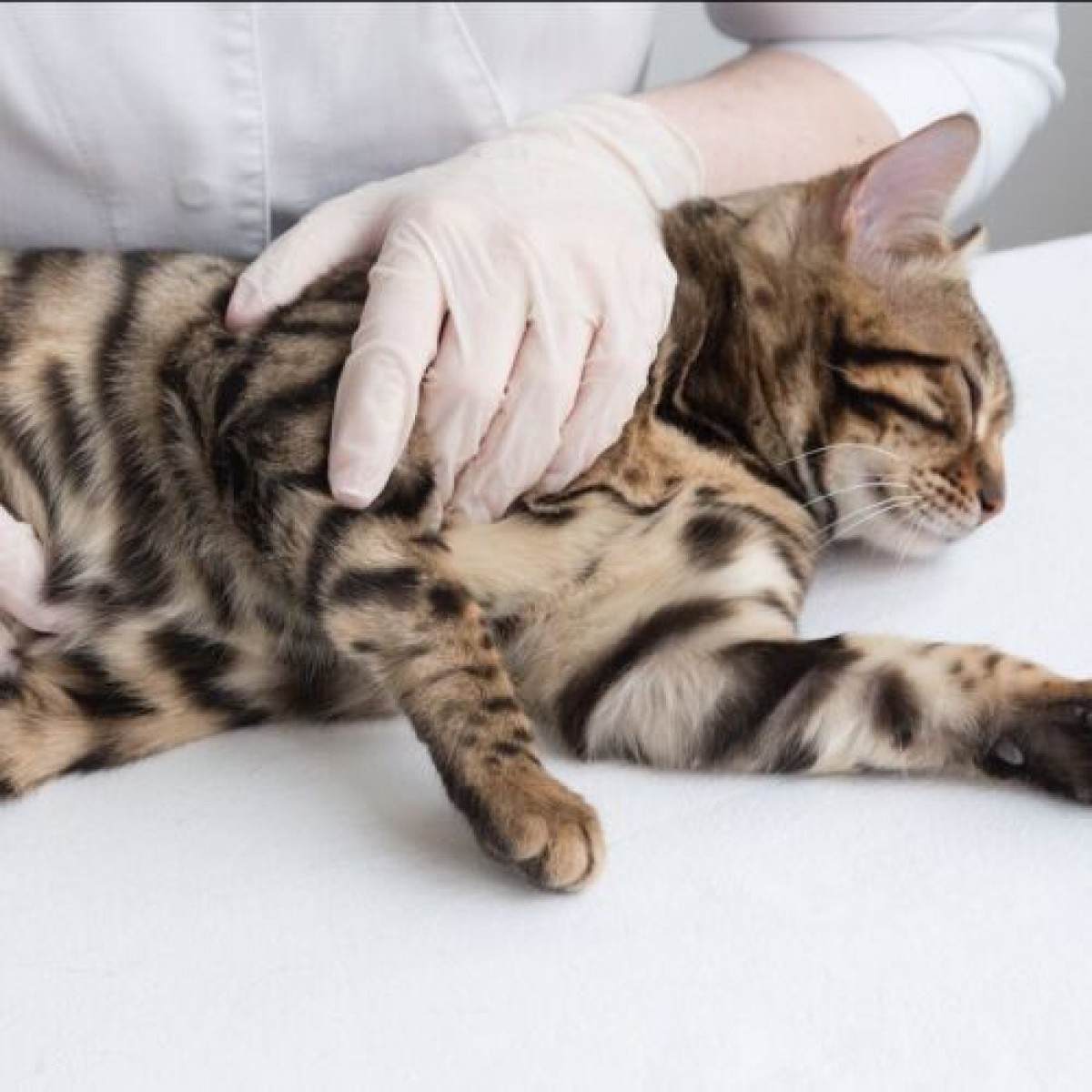

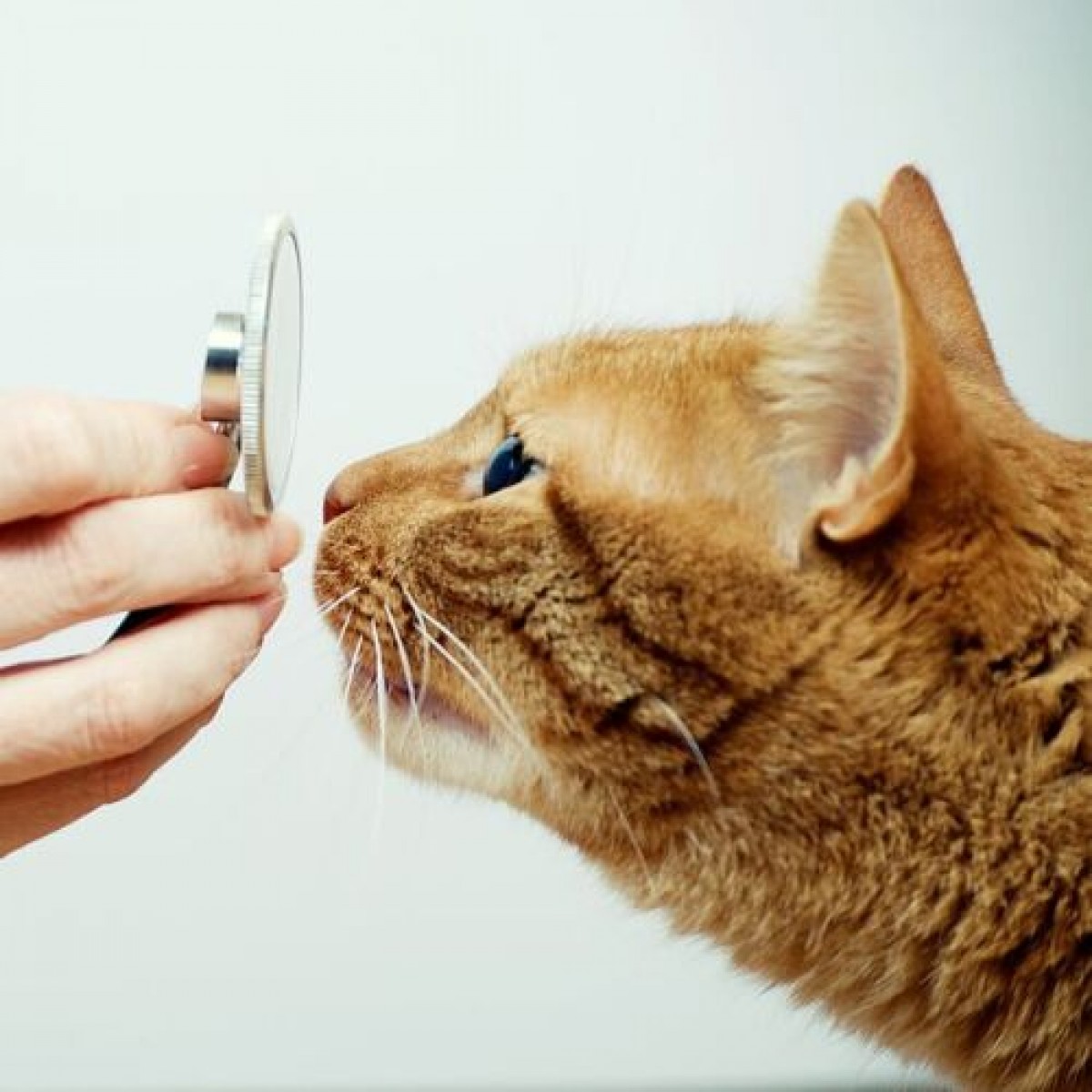



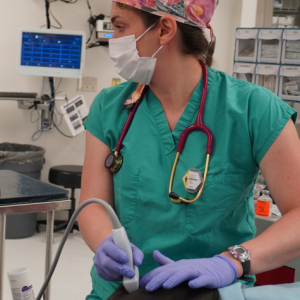

List
Add
Please enter a comment